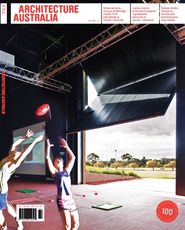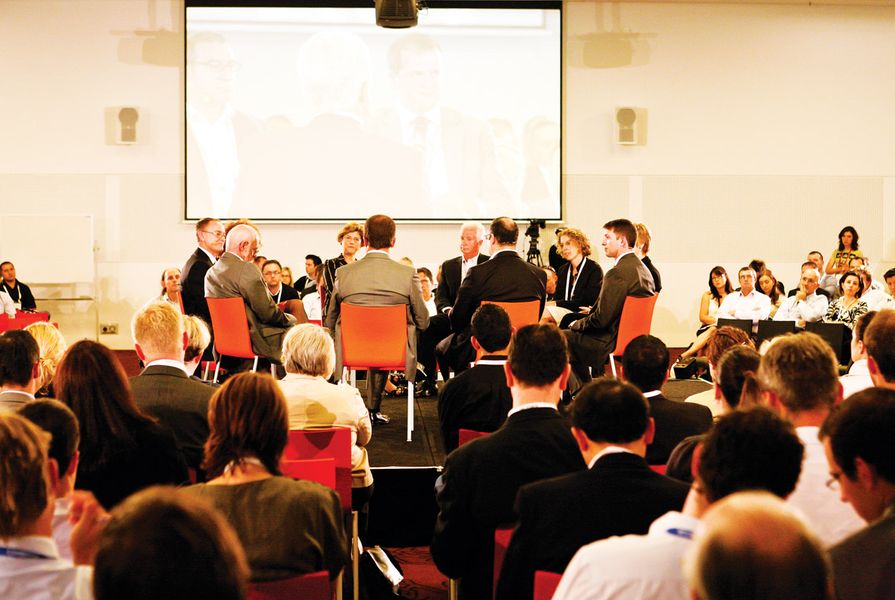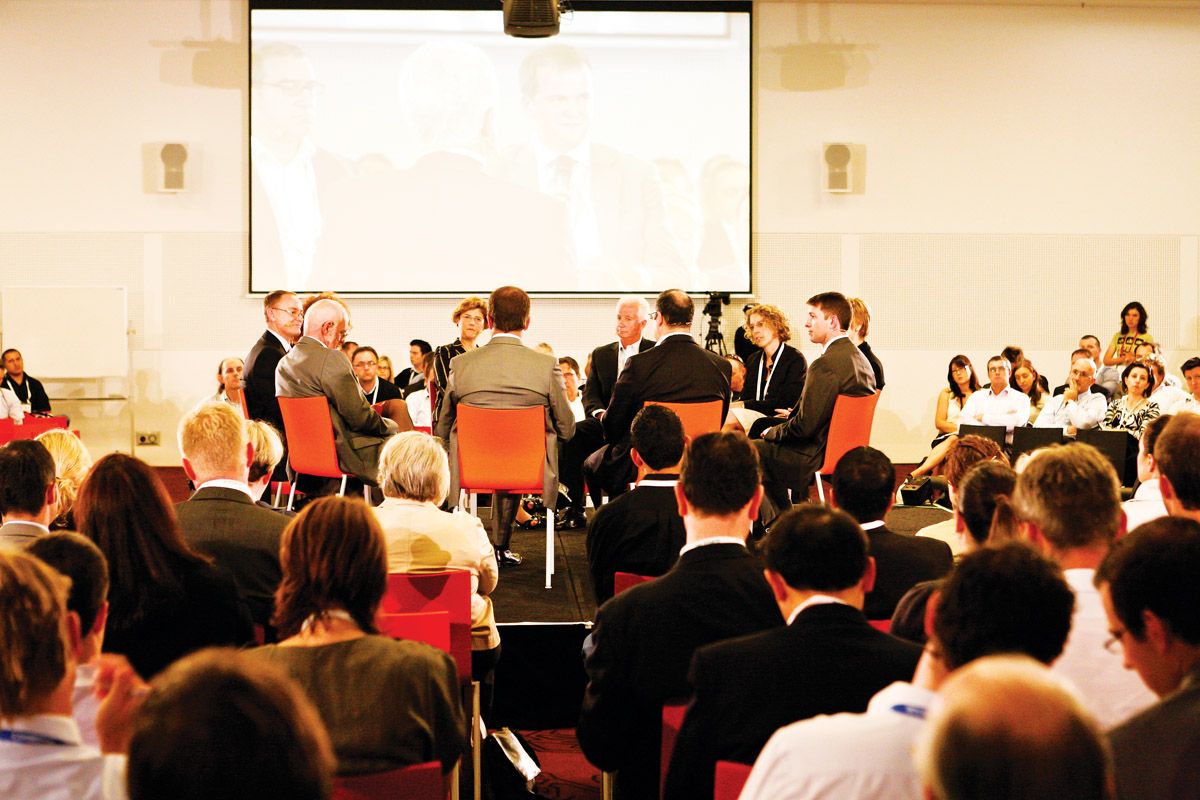The annual Green Cities conference and expo, co-hosted by the Green Building Council of Australia and the Property Council of Australia, is a veritable Who’s Who of green building, with more than 1100 delegates attending the two-day event in Melbourne earlier this year [2011]. The theme of the 2011 conference, Partnering for Solutions, underpins a productive shift in thinking from the individual building to the broader urban and sociopolitical context. Moving “beyond buildings,” the conference offered a number of provocations, pitching environmentalists against economists, debating Australia’s nuclear future and inviting the renowned environmental sceptic turned controversial environmentalist Bjørn Lomborg to be a keynote speaker.
Nevertheless, with the majority of attendees operating at the coalface of green building, the conference had its feet firmly planted in practice. The business case for sustainability was a prevalent theme. Launching the conference in the first keynote address, Jeb Brugmann – founding partner of Next Practice – presented either the most compelling or the most alarming argument for globalization, celebrating the micro-economies of the informal settlement of Dharavi in Mumbai as an exemplar of locational optimization. I’m not an economist and the formula for “net present locational value” went over my head, but I confess that I found his method of “accounting” for place somewhat troubling.
Alternative methods of accounting were also employed to tackle the enduring conflict between environmental preservation and economic advancement. ANU Research Fellow Dr Michael Smith sought a potential resolution by decoupling economic growth from “physical throughput” (economic speak for the consumption of resources). To counter any tendencies towards indulging in a festival of cake-eating, the “environment or economy?” debate was neatly balanced by Chuck Berger, the Australian Conservation Foundation’s director of strategic ideas. As well as having one of the best job titles ever, Chuck offered some wise words of caution, including non-negotiable environmental “backstops,” and a strong sense of humility in recognizing what we don’t (yet) know as much as what we do.
Arguably the most complex and problematic subject raised at the conference was the question of how to account for liveability. The precursor to this question, of course, is whether we can or should “account” for liveability, but with the advent of the Green Star Communities Rating Tool (currently in development), the conversation has already moved beyond this point. Consuming two out of the four debates in the “beyond buildings” stream, the Green Star Communities tool is evidently a hot topic. Numerous thorny issues were raised: How can you define the boundaries of a community? Who can (or, more particularly, who cannot) participate in the debate? How can we encourage genuine community engagement rather than consultation? How can you measure something that is contingent? In answer to this last question, Robert Cummins, a psychology professor at Deakin University, suggested a “dashboard of indicators” rather than a single “measure,” but can this be accommodated within the balance sheet of the rating tool, where apples must be compared with apples and stars with stars?
To my mind, Dan Epstein, head of sustainable development and regeneration on the 2012 London Olympics project, provided the most productive insights into the complexities of green communities. Countering some of the more ridiculous suggestions about constructing a vision for a green community (such as “build it first to show people what it looks like”), Dan was a clear advocate for bottom-up rather than top-down thinking and the only one to (openly) question the efficacy of rating tools in fostering (or suppressing) creativity. His simple answer to the question of “how do you measure green communities?”: delivering what you promised.
Did the conference deliver on its promise to “stimulate new industry partnerships and dialogue, reinvigorate thinking, and inspire ingenuity in environmentally sustainable buildings, communities and cities”? For me the interdisciplinary mix of speakers was interesting (although heavily biased towards Europe and North America) rather than inspiring. Esther Sternberg, medical researcher and author of Healing Spaces, presented an impressive range of case studies illustrating the science behind our intuitive or subjective knowledge base in environmental psychology (beauty is not in the eye of the beholder but in the parahippocampal cortex). Michael Green of MGB Architecture and Design presented some elegant solutions to the problem of high-rise timber structures, but was less convincing in framing this response in relation to the broader context of housing the urban poor. Where the conference did deliver was in promoting dialogue between different fields of interest and between the audience and the invited speakers. The innovative, collaborative “fishbowl” debates, the live voting and the on-screen audience text questions facilitated a productive loosening of “control” over the debate – something that the creative directors of the 2011 Australian Institute of Architects national conference may wish to bear in mind for the future.
Source

Discussion
Published online: 7 Oct 2011
Words:
Ceridwen Owen
Issue
Architecture Australia, July 2011
















